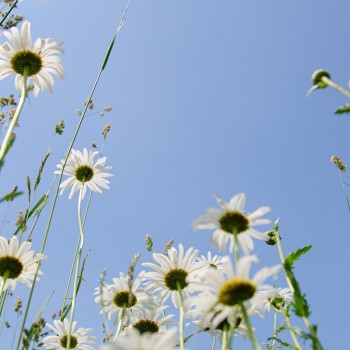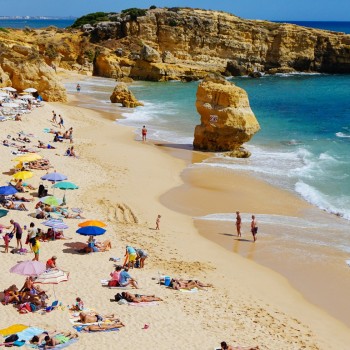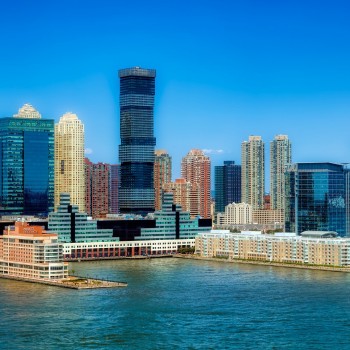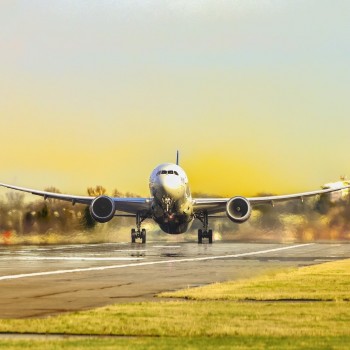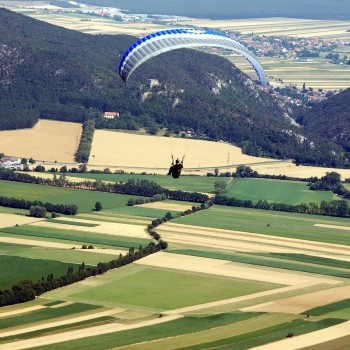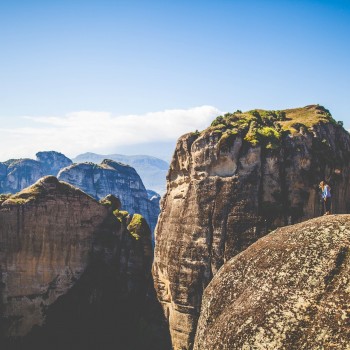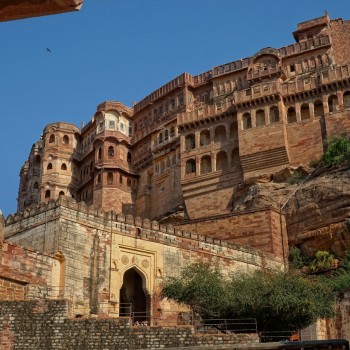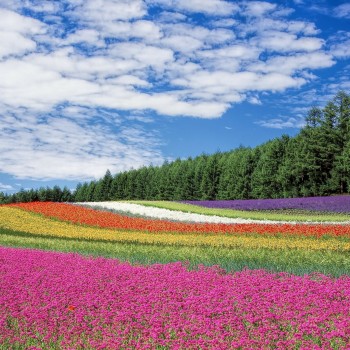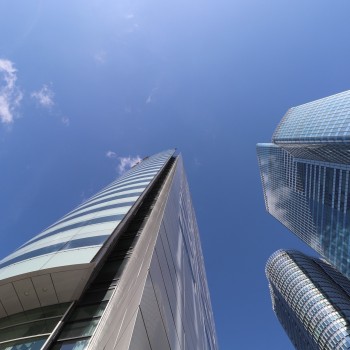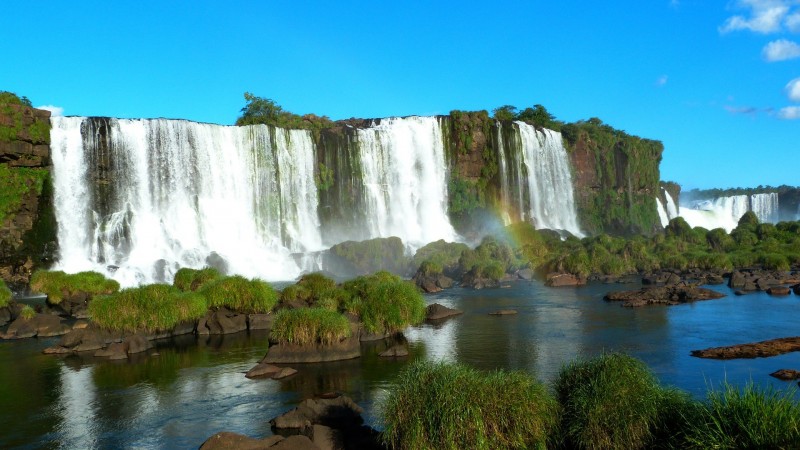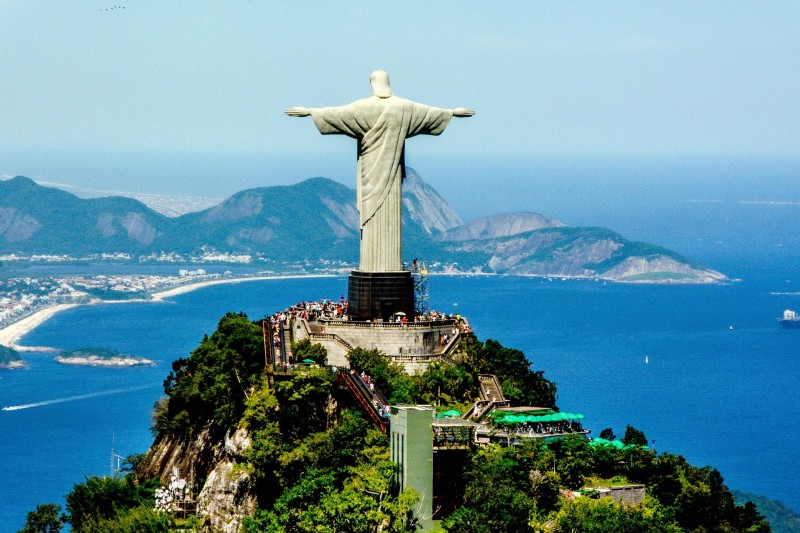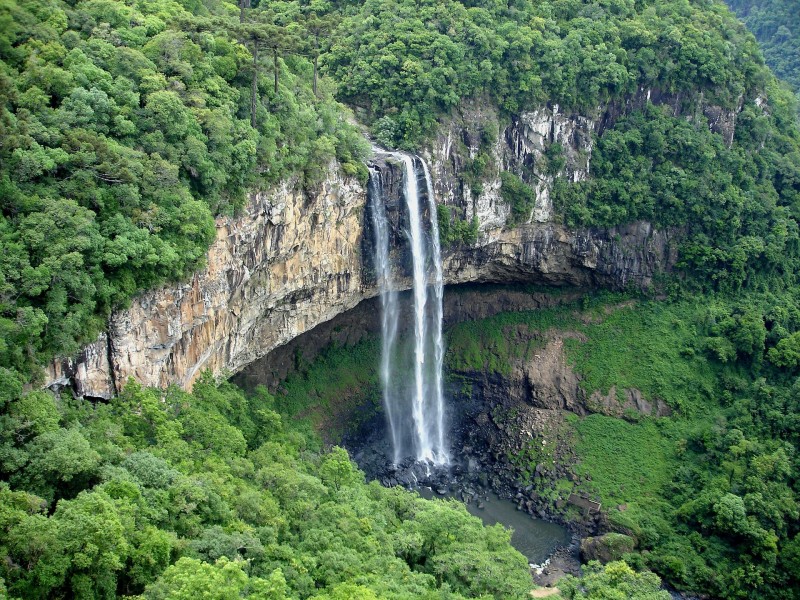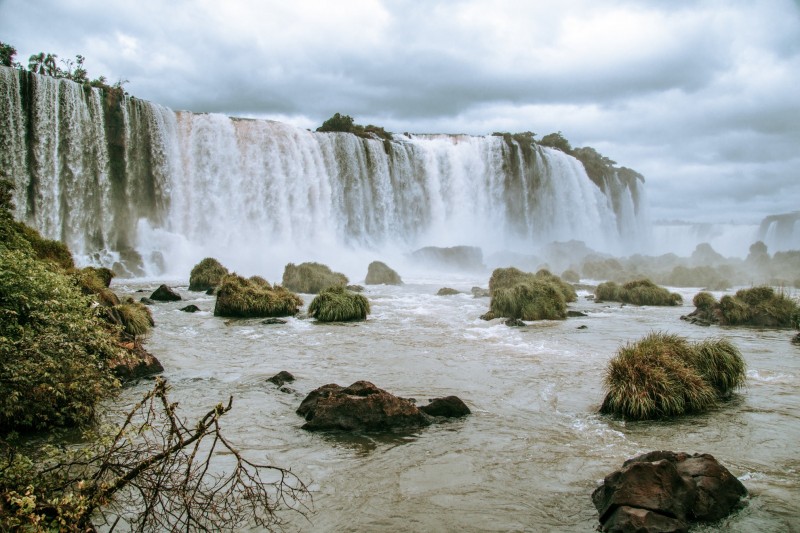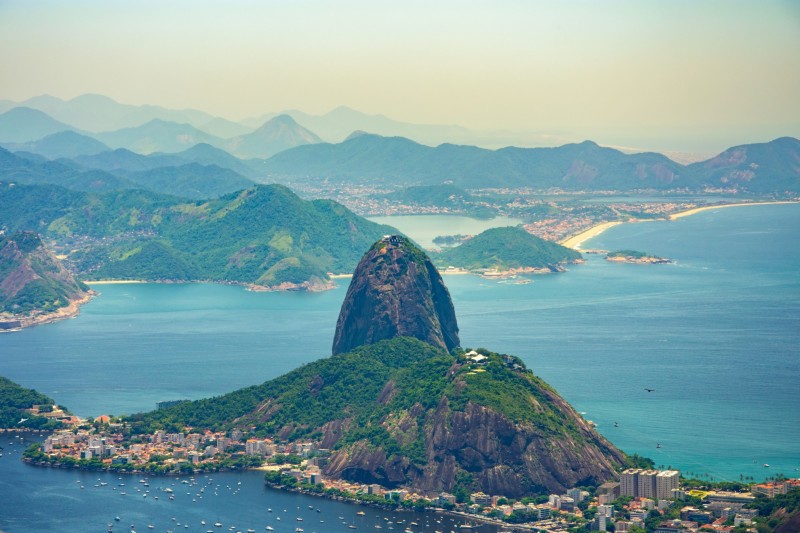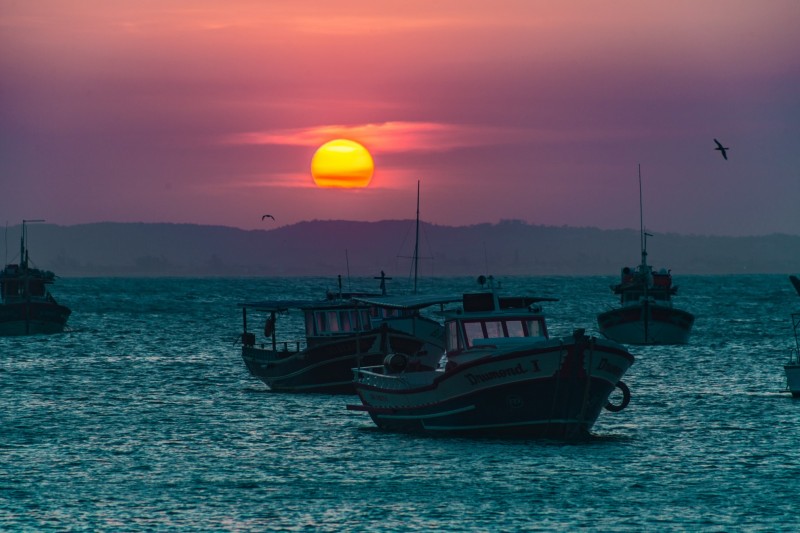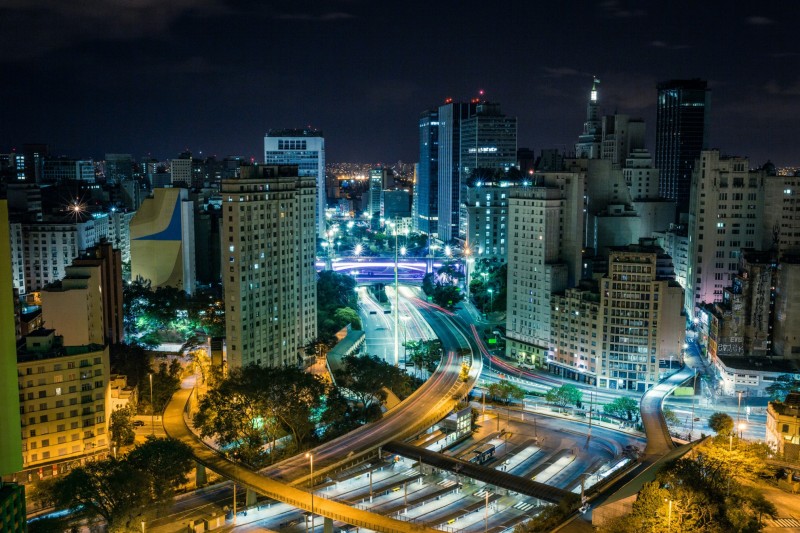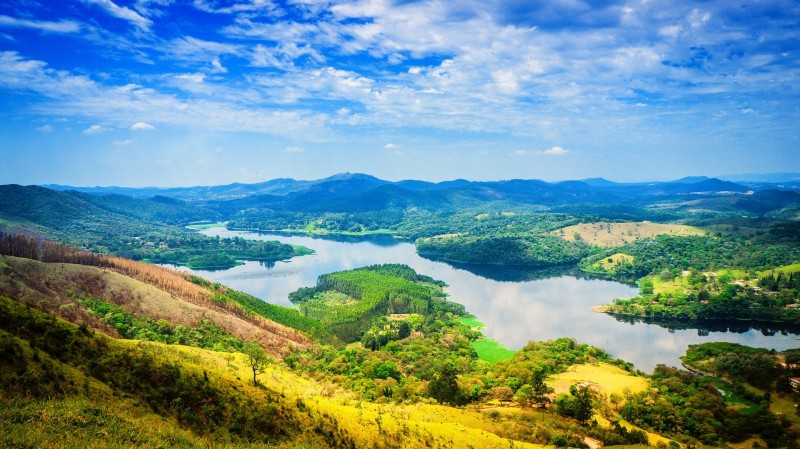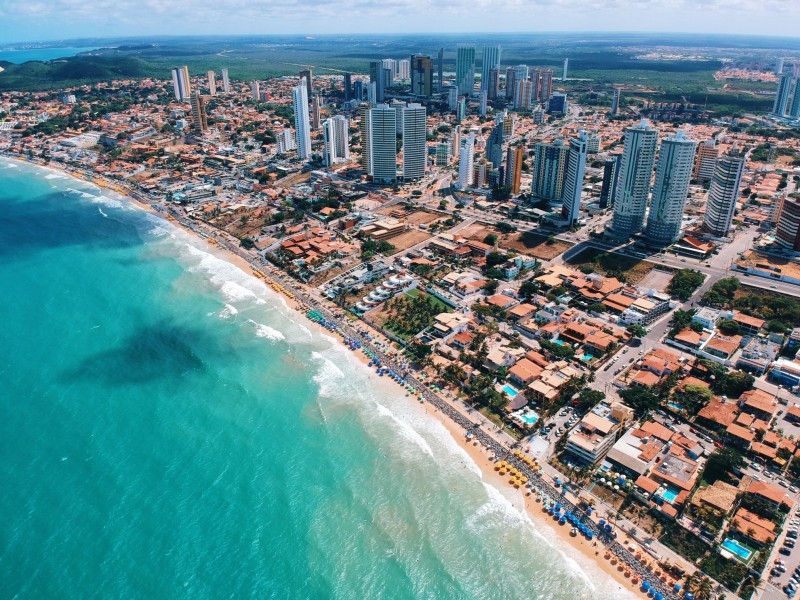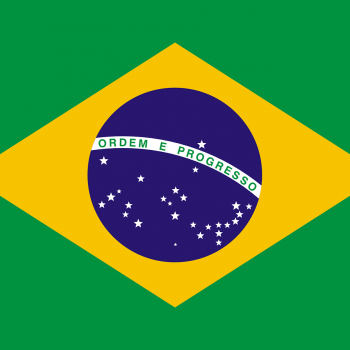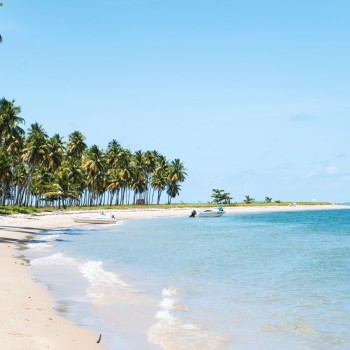Brazil
Brazil
Capital city description
Brasília is the federal capital of Brazil and seat of government of the Federal District. The city is located at the top of the Brazilian highlands in the country's center-western region. It was founded by President Juscelino Kubitschek on April 21, 1960, to serve as the new national capital. Brasília is estimated to be Brazil's third-most populous city.
Brasília was a planned city developed by Lúcio Costa, Oscar Niemeyer, and Joaquim Cardozo in 1956 in a scheme to move the capital from Rio de Janeiro to a more central location. The city design divides it into numbered blocks and sectors for specified activities, such as the Hotel Sector, the Banking Sector, and the Embassy Sector. The landscape architect was Roberto Burle Marx.
All three branches of Brazil's federal government are centered in the city: executive, legislative, and judiciary.
Climate
Brazil is a vast country, and as one can expect, it has different climates.
There are five primary climates present in Brazil. These include:
- Equatorial Climate. The humid equatorial climate is present in Northern and Central Brazil, including Amazonia. The convergence of the trade winds causes this particular climate.
- Tropical Climate. The tropical climate, which is alternately humid and dry depending on the season, can be found in the more significant part of the central area of Brazil and along the coast of the middle-north.
- Semi-Arid Climate. The semi-arid climate of Brazil can be defined as a tropical climate that tends to be dry due to the irregularity of the action of the air masses in the region. In Brazil, this type of climate can be found in the hinterlands of the northeast and the medium valley of the river São Francisco.
- Oceanic Climate. An oceanic climate is a humid coastal climate exposed to oceanic tropical air masses. Brazil’s maritime climate is dominant on the narrow strips of coastline in the eastern and northeastern sections of the country.
- Sub-Tropical Climate. The humid subtropical climate of the orient and subtropical coasts is dominated mainly by marine tropical air masses. In Brazil, the sub-tropical climate is dominant in the country's southern portion.
Languages spoken
The primary language in Brazil is Portuguese, which is spoken by 98% of the people in Brazil. It is the language of government, education, the arts, and almost every element of daily life.
Fun/Fascinating Facts
1. Brazil is the fifth largest country globally and the largest country in South America and Latin America.
2. Brazil is ranked number 9 in the world soccer standings, and the Brazilian football team have won the world cup a record 15 times
3. Around 60% of the Amazon rainforest is in Brazil.
4. Brazil has the second-highest number of airports globally, and there are more than 400 airports in Brazil.
5. Brazil has 64 national parks and more than 200 conservation units. One exciting park – Lencóis Maranhenses National Park, is home to dunes formed by wind and ocean currents. The dunes can reach heights of 40 meters.
Unique Customs/Traditions
- The communication style of Brazilian locals is usually relaxed and relatively informal.
- It is not uncommon to be interrupted during a conversation, as this is not perceived as rude.
- Brazilians are open and loving people. Physical touch is expected; it’s part of their warm personalities. While personal space is highly relevant in some countries, Brazilians tend not to be uncomfortable when near others.
- If you are invited to a Brazilian house, you should consider taking flowers or a small gift, don’t show up empty-handed. Don’t give anything black or purple, though, as these colors are for mourning.
- Appearance is essential for most Brazilians; casual dress is more formal than in other countries. It is not rare to be relaxed about timing, so being late is not necessarily frowned up. Yet, don’t be late for more than a half-hour.
- People working in service provision (such as construction workers, nurses, and house cleaners) will often avoid eye contact with those perceived to be above them in social status.
- Brazilians are not generally aggressive, so take a calm, friendly approach when dealing with them in business.
Popular universities
| Name | Description | |
|---|---|---|
| Universidade Estadual de Campinas (Unicamp) | The University of Campinas is a public university funded by the State of São Paulo. It was established in 1966 in Campinas to become an academic center of excellence, producing world-class basic and applied research, providing high-standard undergraduate and graduate education, and serving as a catalyst for economic and social development. Currently, UNICAMP offers undergraduate degrees in 66 majors, including medicine, dentistry, several engineering specializations, essential natural and human sciences, applied sciences, teaching, and arts. Undergraduate education at UNICAMP operates in three campuses: the School of Dentistry in Piracicaba, the College of Applied Sciences, and the College of Technology in Limeira, offering undergraduate degrees in technology and business administration, among others, and its main Campus in Campinas, with eighteen other Schools and Colleges. In addition, UNICAMP operates an extensive teaching and research hospital complex in Campinas, serving as the center of reference for millions of people, and runs several community hospitals in nearby cities. The university has 1,800 faculty, with a significant research output - close to 10% of all indexed scientific papers in Brazil have a UNICAMP co-author. UNICAMP is an internationally recognized center of academic excellence, with a very distinct profile among Brazilian higher education institutions as a leader in technology, health sciences, natural sciences, human sciences, and the arts. | |
| Universidade de São Paulo (USP) | The University of São Paulo (Portuguese: Universidade de São Paulo, USP) is a public university in the Brazilian state of São Paulo. It is the largest Brazilian public university and the country's most prestigious educational institution. USP is involved in teaching, research, and university extension in all areas of knowledge, offering a broad range of courses. The university was founded in 1934, regrouping already existing schools in the state of São Paulo, such as the Faculdade de Direito do Largo de São Francisco (Faculty of Law), the Escola Politécnica (Engineering School) and the Escola Superior de Agricultura Luiz de Queiroz (College of Agriculture). | |
| Universidade Federal do Rio de Janeiro | The Federal University of Rio de Janeiro is a Brazilian public and free university recognized for its high quality of teaching and its commitment to research. The institution has four campuses in Rio de Janeiro state: Cidade Universitária, Praia Vermelha, Macaé and Xerém. Structurally, the UFRJ comprises the Science and Culture Forum and six university centers – the Center of Health Sciences (CCS), the Center of Juridical and Economic Sciences (CCJE), the Center of Mathematics and Natural Sciences (CCMN), the Center of Philosophy and Human Sciences (CFCH), the Center of Letters and Arts (CLA), and the Center of Technology (CT). Each of the centers comprises institutes, schools, faculties, and auxiliary units, including seven museums. We can highlight the National Museum, eight university hospitals, and the third deepest ocean basin in the world for research on offshore oil exploration. The UFRJ offers 194 undergraduate programs in all areas, 117 master’s programs, 91 doctorate programs, 162 extension projects, and 392 sensu lato graduate courses. It has a student body of ~41,000 undergraduate students, 6,300 master’s students, 5,900 doctorate students, a staff of 5,300 professors and researchers, and 9,150 technical-administrative employees. UFRJ is the largest federal university in Brazil. | |
| Universidade Estadual Paulista "Júlio de Mesquita Filho" | Unesp (Universidade Estadual Paulista) is one of Brazil's largest and most important universities, with outstanding performance in teaching, research, and extending services to the community. Maintained by the state of São Paulo government, it is one of the three public universities offering free education, alongside USP (University of São Paulo) and Unicamp (State University of Campinas). Established in 1976, from the meeting of isolated higher education institutes that existed in various regions of the state of São Paulo, Unesp has 34 units in 24 cities, 22 of which in the interior; one in the capital; and one on the coast of São Paulo, more specifically in the city of São Vicente. | |
| Pontifícia Universidade Católica de São Paulo, (PUC-SP) | The Pontifical Catholic University of São Paulo (Pontifícia Universidade Católica de São Paulo, PUC-SP), locally known as PUC or the Catholic University (Universidade Católica), is a private and non-profit Catholic university. It is one of the largest and most prestigious universities in Brazil. The Catholic Archdiocese of São Paulo maintains it. The university is also responsible for the St. Lucinda Hospital (Sorocaba) and the TUCA theatre (São Paulo). | |
| Pontificia Universidade Católica do Rio de Janeiro (PUC-Rio) | Pontifical Catholic University of Rio de Janeiro, commonly known as PUC-Rio, is a private non-profit Catholic University created in 1941 to produce and transmit knowledge based on humanistic values and Christian ethics. PUC-Rio is a leading research institution that focuses primarily on the development of science and innovation. It is recognized as one of the top five universities in Brazil. With approximately 1500 faculty members and researchers, the University has 24 Departments organized in four Academic Centers: the Center of Theology and Human Sciences, the Center of Social Sciences, the Center of Science and Technology, and the Center of Biomedical Sciences. PUC-Rio offers 36 bachelors' Programs and 26 Graduate Research Programs for 13,000 undergraduate students, 2,500 graduate students, and 7. 000 continuing education students. | |
| Universidade Federal de Minas Gerais (UFMG) | Universidade Federal de Minas Gerais (UFMG), a public institution of free higher education, is the oldest university in Minas Gerais, located in the Southeast region of Brazil. Its foundation took place on September 7, 1927 under the name Universidade de Minas Gerais (UMG). Almost a century later, the institution is a regional and national leader in education, extension, culture, scientific research, and patent generation in several areas of knowledge. It gathers around 72,000 people in Belo Horizonte, Montes Claros, Diamantina, and Tiradentes organized about 91 undergraduate courses, 90 graduate programs, and 860 research centers. In 2020, UFMG achieved 1,582 patent registrations, which gives it a leading position among higher education institutions in the country. | |
| Universidade Federal do Rio Grande do Sul (UFRGS) | The Universidade Federal do the Rio Grande do Sul, UFRGS (the Federal University of Rio Grande do Sul) is a nationally and internationally recognized century-old educational institution. It is centered in Porto Alegre – the capital city of the State of Rio Grande do Sul. It offers academic programs from all different fields of knowledge for all stages of education, ranging from elementary to graduate school. The qualification of its faculty, composed chiefly of master’s and doctorate holders, the continuous updating of the infrastructure of laboratories and libraries, the increase to student assistance, and the prioritization of its national and international involvement are policies in constant development. | |
| Universidade de Brasília, (UnB) | The University of Brasília (Universidade de Brasília, UnB) is a federal public university in Brasília, the capital of Brazil. It was founded in 1960 and has since consistently been named among the top five Brazilian universities and the top twenty universities in South America by Times Higher Education (THE). . It is most renowned for its economics, international affairs, law, anthropology, mathematics, and political science courses. | |
| Universidade Federal de São Carlos (UFSCar) | The Federal University of São Carlos (UFSCar) was established in 1968 and was the first federal institution of higher education founded in the countryside of São Paulo State. The University stands out for its high level of qualification of its faculties: 96.1% are Doctors or Master's degrees, and 95.81% of the teachers develop teaching, research, and extension in an exclusive dedication system. The University has four campuses: São Carlos, Araras, Sorocaba and Lagoa do Sino. | |
Festivals & Events
.jpg)
Festival Amazonas de Ópera
Date: March to May
One of the best showcases of performance arts in Brazil is the Festival Amazonas de Opera. The festival is celebrated yearly, from March to May, in the Amazon Theatre located in Manaus. The official orchestra of the festival is the Amazonas Philharmonic.
The Festival Amazonas de Opera is considered the main opera event of the country and has been serving for over 22 years. Its current artistic director is the world-class conductor, Luiz Fernando Malheiro.
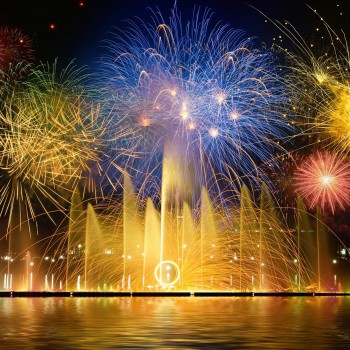
Reveillon Rio de Janeiro
Date: December 31
Reveillon, or New Year’s Eve, is widely celebrated in all of Brazil. Reveillon in Rio de Janeiro is celebrated in Copacabana Beach. The fun begins early at night when bands perform on stage and come at midnight; attendees are greeted with the most spectacular display of fireworks that lasts for about 20 minutes.
One of the major events held during Reveillon is Festa de Iemanja (goddess of the sea_ where guests dress in white and send their petitions on small boats into the sea.
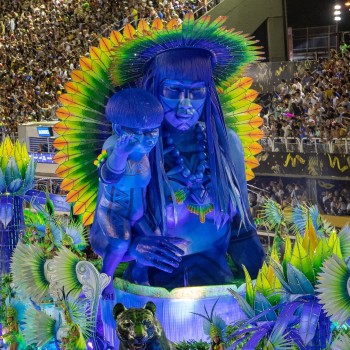
Rio de Janeiro Carnival
Date: February 25-March 5
Rio de Janeiro, Brazil, holds the world's biggest carnival event known as the Rio de Janeiro Carnival. The carnival is held only a few days before Lent, featuring about 2 million people every day on the streets. A typical Rio de Janeiro Carnival parade features adornments from a wide range of samba schools located in the city, floats, and revelers. The celebrations start on Friday night at noon and last until the coming Wednesday. The days and nights of the carnival are filled with people having fun accompanied by music and drinking.

Festa Junina, Northern Brazil
Date: June
Festa Junina is the biggest and most spectacular cultural event in the country. Its origins date back to Portuguese colonization, and the holiday has developed over time to incorporate Brazilian cultural elements. The culture of indigenous populations, Afro-Brazilians, and European immigrants has all influenced how the festivities are held in different regions in Brazil.
The festivities celebrate agricultural life, praying to three central saints for bountiful harvests and thanks for past abundance.

Parintins Folklore Festival
Date: Last week of June
The Folklore Festival, or Boi-Bumbá Festival, is an annual celebration in Parintins, a city located on the Tupinambarana island in the state of Amazonas, Brazil. It’s is one of the most significant annual events in the country, right up there Rio de Janeiro Carnival. Every June, 50,000 – 80,000 tourists and vendors from various social classes flock to the festival, adding substantially to the municipality’s population of 112,000 and bringing with them a vast array of objects, including loudspeakers.
The festivities last for three days. At the event, two groups called Caprichoso and Garantido compete in narrating the Tale of the Ox through songs, dance performances, and a vibrant cavalcade. The event depicting this local legend will enrich your knowledge about their culture.
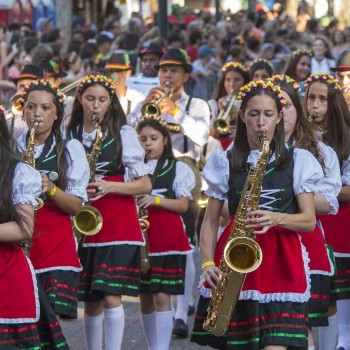
Oktoberfest of Blumenau
Date: Mid-week of October
Oktoberfest of Blumenau celebrates German traditions in Blumenau in the middle of October by organizing various German parties and parades. Witness the rich and gigantic festive spirit of Germanic culture in Blumenau by attending the Oktoberfest Parade. Watch the folk groups, listen to the bands, and become a participant. Admire the people dressed in eye-catching costumes and enjoy dancing to the tune of German music. Discover over 150 German delicacies to please your taste buds.

Enflor & Garden Fair
Date: Second week of July
Enflor is a national event that brings together florists, decorators, floral artists, accessories organizations, and wholesale retailers. Garden Fair greets landscapers, garden and green space keepers, architects, real estate developers, and outdoor decor artists. Both events take place in the same venue simultaneously, and they aim to showcase the plant and flower market.
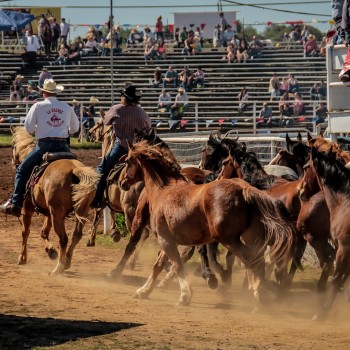
Festa do peao de barretos
Date: From 18th of August to 28th of August
Festa do Peao de Barretos popularly known as the Cowboy Festival of Barretos. This Brazil holiday and festival is a well-known rodeo that features several horses and bulls.
Witness this outstanding event that happens in the municipality of Barretos in Sao Paulo every year. Festa do Pear has become immensely popular for the sheer number of participants it attracts.

Festival de Cachaça
Date: August
Held in the colonial town of Paraty, just south of Rio de Janeiro, is the annual Festival de Cachaça (sometimes known as Festival de Pinga), which is dedicated to cachaça, the national liquor made from sugar cane. The festival is a gastronomic experience that presents a great diversity of traditional Brazilian cachaças, together with good regional flavors for tasting.

Bauernfest
Date: Last week of June
Bauernfest, or the Festival of the German Settlers, is a festival of German traditions held each year for ten days around the German Settlement Day (June 29). This family-friendly festival sets up three stages and has plenty of activities and attractions for the whole family. The Bauernfest aims to keep German traditions alive among locals and German residents.
Attractions / Top Sights
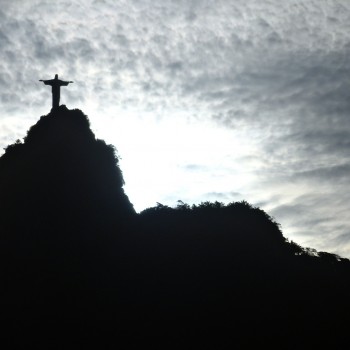
Cristo Redentor and Corcovado, Rio de Janeiro
Cristo Redentor (Christ the Redeemer) is the famous statue of Jesus Christ in Rio de Janeiro. Located at the peak of the 700 meters (2,300 ft) Corcovado mountain, it provides a sweeping panorama from the interior of Guanabara Bay to the north to Lagoa Rodrigo de Freitas to the south.
The Christ the Redeemer statue stands 39.6 meters (130 ft) tall, including its 9.5 meters (31 ft) pedestal, and has become an icon of Rio and Brazil.
The eight-meter base encloses a chapel that is popular for weddings. Although this is one of Brazil's most readily recognized icons, it is often mistakenly called The Christ of the Andes, confused with the older statue marking the boundary between Argentina and Chile.
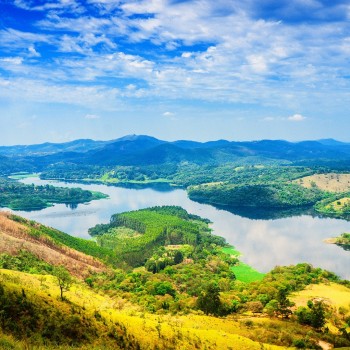
Amazon River
When to visit: Mid of January
The Amazon River is the second-longest river globally, slightly shorter than the Nile, and the largest by volume. The Amazon has over 3,000 recognized species of fish, and new species are still being discovered.
The Amazon Basin is covered by half of the planet’s remaining rainforests. Although a tenth of the world’s estimated 10 million living species lives in the Amazon rainforest, jungle tours are more about boating upriver into the damp, buzzing, oppressive ambiance than actually spotting animals.
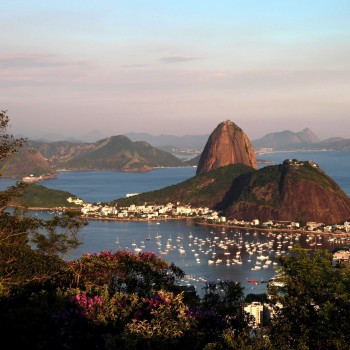
Sugar Loaf, Rio de Janeiro
When to visit: In summer: November to February
The easily recognized emblem of Rio de Janeiro, the rounded rock peak of Sugar Loaf juts out of a tree-covered promontory, rising 394 meters above the beaches and city. The Sugarloaf Mountain in Rio de Janeiro, or Pão de Açúcar in Portuguese, is the second most famous peak in the town. The trip to the top is perfect for sunsets when you can see Rio light up in the early evening.
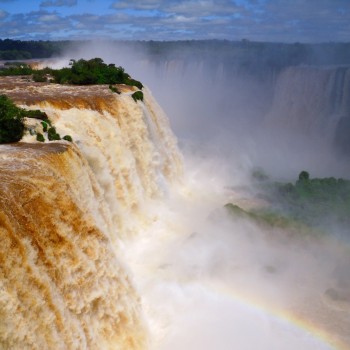
Iguaçu Falls
When to visit: From April to May and from September to October.
One of the world's great natural wonders, Iguaçu Falls, is situated on the border between Brazil and Argentina. The waterfall system consists of 275 falls along the Iguazu River. The most impressive of them is the Devil's Throat, a U-shaped with a height of 82 meters (269 ft).
The falls can be reached from Foz does Iguaçu in Brazil and Puerto Iguazú in Argentina and Ciudad del Este in Paraguay. There is a long walkway along the canyon on the Brazilian side with an extension to the lower base of the Devil's Throat.
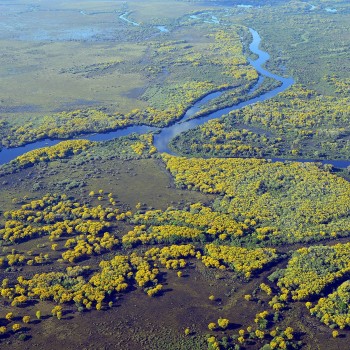
Pantanal
When to visit: In the dry season, from April to September.
The Pantanal is the world’s largest wetland, mainly in Western Brazil but extending into Bolivia and Paraguay. Famous for its wildlife, it is one of Brazil’s major tourist attractions.
Unlike the Amazon rainforest, in the Pantanal, you are virtually guaranteed to see the wildlife. Capybara and the Yacare Caiman are present in the millions. The Pantanal is also home to one of the largest Jaguar populations in the Americas.
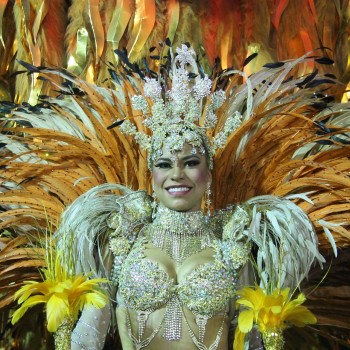
Rio Carnival
The Rio Carnival attracts two million people per day on the streets and almost half a million foreigners during its 4-day celebration.
The Carnival is all over the place, in the streets and squares, bars, clubs, and other venues in Rio, concluding in the spectacular Rio Samba Parade at the Sambadrome.

Cathedral of Brasilia
When to visit: From June to September
The Cathedral of Brasília is unique among cathedrals. It comprises 16 concrete columns, each weighing 90 tons, which resemble an Indian teepee more than a church.
Completed in 1970, statues of the Four Evangelists, designed by Dante Croce, grace the front. Indeed, there is nothing very traditional about this innovative church.

Copacabana, Rio de Janeiro
When to visit: April to June and September to November
Located in Rio, Copacabana is one of the world’s most well-known beaches. It is approximately two miles long and lined with hotels and expensive homes, though much more modest residences are scattered in between. A beautiful boardwalk with a black-and-white checked pattern of Portuguese stone flanks the sand.
This vibrant neighborhood is home to Rio’s famous New Year’s celebration and several exciting attractions, including the Copacabana Fort, which was constructed in 1914, and the glamorous Hotel Copacabana Palace.
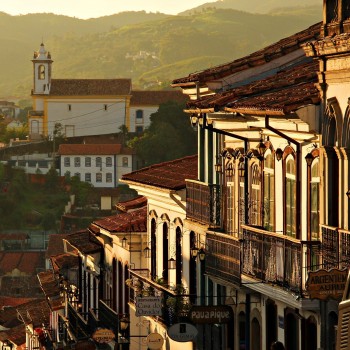
Ouro Preto
When to visit: April to September
One of Brazil's best-preserved colonial towns, Ouro Preto, meaning "black gold," was founded at the end of the 17th century. Ouro Preto, formerly Vila Rica, is a city in and former capital of Minas Gerais, Brazil, a former colonial mining town located in the Serra do Espinhaço mountains.
It quickly became the epicenter of a new gold rush in the state of Minas Gerais. Entire walls are washed in gold that flowed - along with diamonds.
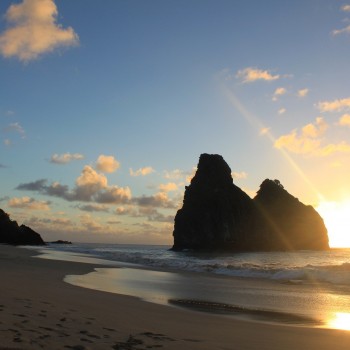
Fernando de Noronha
When to visit: August and December
Fernando de Noronha is a beautiful archipelago with pristine beaches, landscapes, and wildlife, situated 354 km (220 miles) off the northeastern coast of Brazil. The archipelago was discovered by Amerigo Vespucci in 1503 and temporarily occupied by the Dutch and French before Portugal established dominion in 1737.
The islands are a Mecca for divers and snorkelers with warm waters year-round and perfect visibility even at depths of 50 meters.

